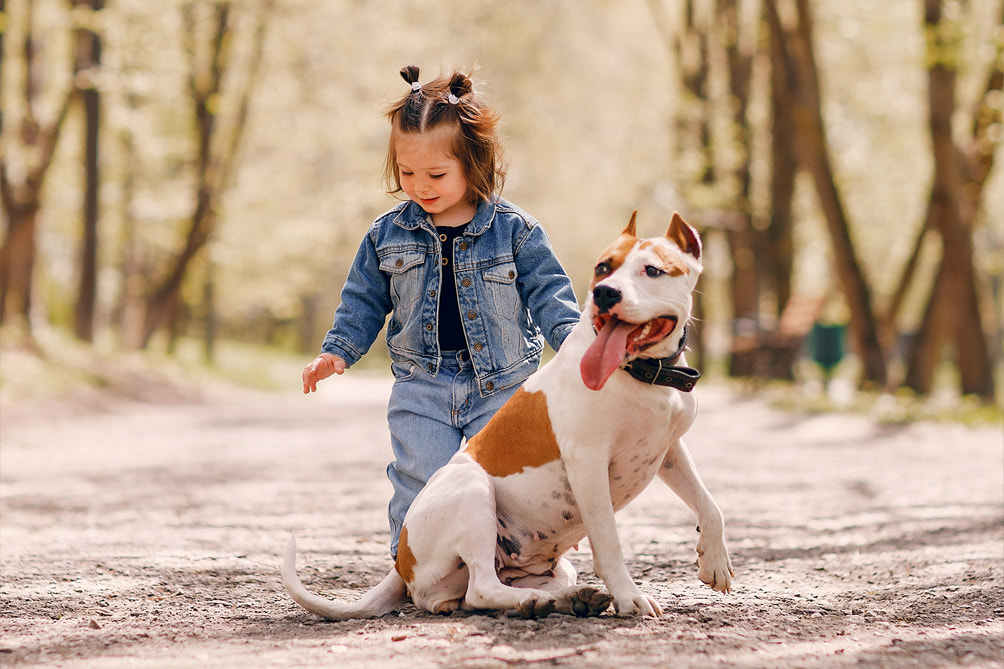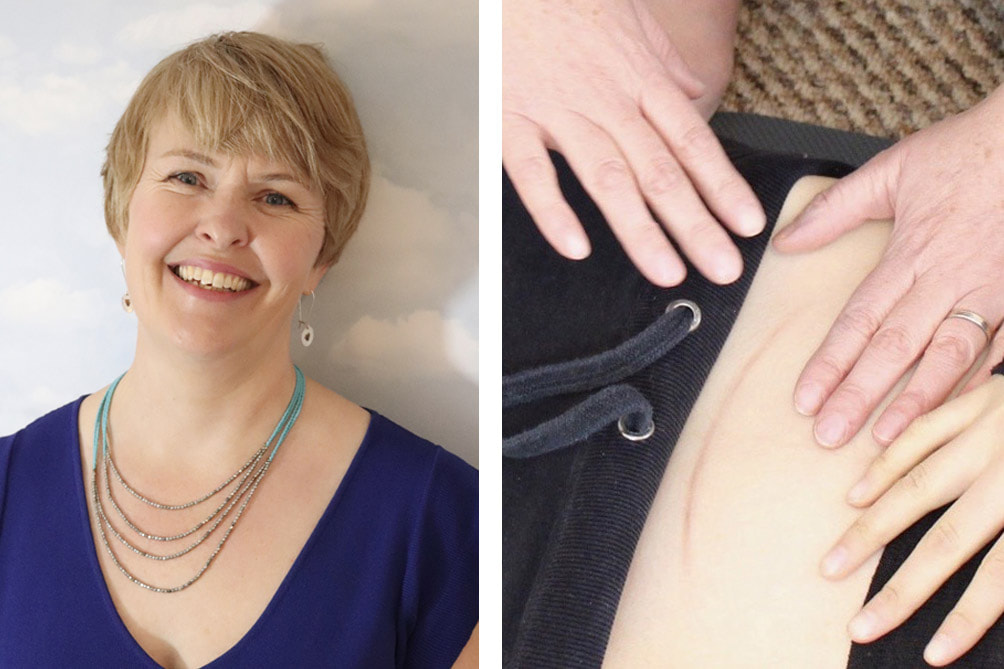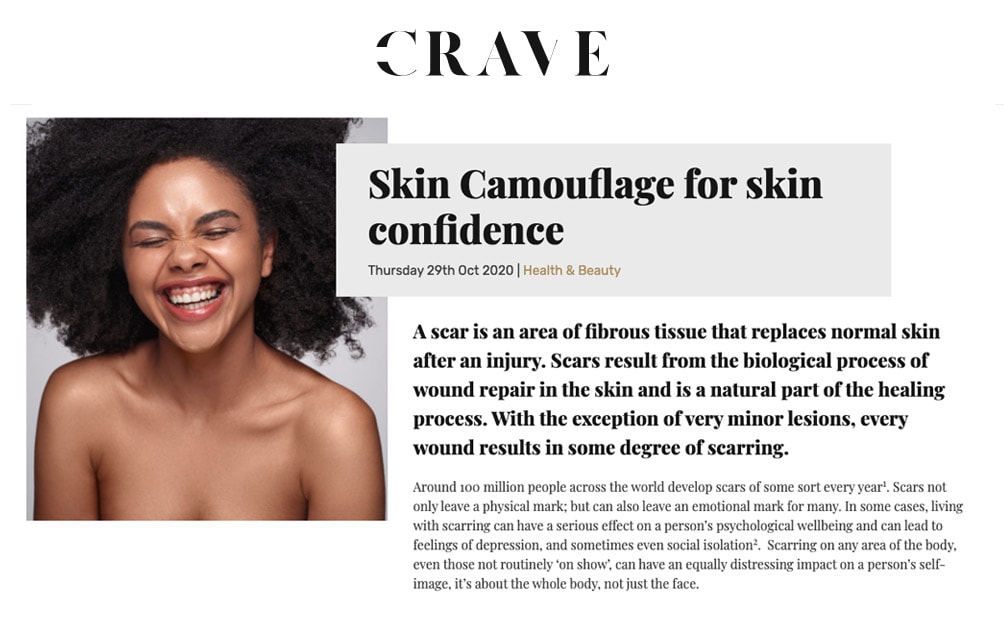|
The number of people needing treatment following dog bite attacks is heading towards a record high, new figures reveal. Latest data released by the NHS show that between April 2022 and November 2022 hospitals recorded 6,244 admissions - which is around 30 a day. If that trend continues until the end of April this year, admissions will top 10,000.
The stats, which were released this week, also indicate it is young children who are suffering the worst injuries in attacks. Between April 2022 and November last year 2,345 people required surgery to correct dog bite attacks. Of those, 255 were aged four and under; 246 were aged five to nine and 186 were aged 10 to 14. Common procedures following a dog bite include eyebrow stitches and repairs to eyelids and earlobes. Experts say the highest incidence of dog bites is in Merseyside, followed by Wakefield, Middlesborough, north-east England, then London. Two people have already been killed by dogs this year: dog walker Natasha Johnston was mauled to death in Caterham and a four-year-old girl was killed in a back garden in Milton Keynes. Last year was a record year for deaths with ten people losing their lives in dog attacks. Commenting on the recent rise Harley Street skin camouflage and scar therapy consultant Vanessa Jane Davies said: “I have seen a significant rise in referrals for children and adults who have been bitten or struck by a dog. “I treat men and women on a monthly basis for dog attacks, however, it’s often the young children who are at the highest risk of dog attack injuries and they are particularly vulnerable to bites to the face and neck. “Every case is different, but typically the injuries are permanent and potentially life-changing which requires long-term care both medically and psychologically, often resulting in a fear of dogs, losing confidence to be out and about and requiring Skin Camouflage Services to help with the appearance and management of their scars. “Children will have rehabilitation support up to becoming an adult to help manage surgical procedures, skin grafts, laser treatment and support to help them adjust to what has happened and their changed appearance.” The RSPCA said anyone who is concerned about their dog’s behaviour should speak to their vet and a clinical animal behaviourist for advice. Canine behaviourists and dangerous dog expert Shaun Hesmondhalgh said the rise of pet ownership during the covid lockdown resulted in unscrupulous breeding of animals. He said: “The NHS may well be reporting a sharp rise in dog related injuries, that is likely to be related to the significant rise in the number of people owning a dog. “The rise in dog popularity during the pandemic is well publicised and this has resulted in mass breeding for profit. “Dogs were being bred on a large scale and in some cases crudely. Puppy farming, amateur breeding, designer breeding, and power breeding all arguably contributing to the birth of dogs with underlying health conditions and worrying genetically predisposed inappropriate and aggressive behaviour. “There is also the matter of dog owners exaggeratedly humanising their dogs, misunderstanding their dogs selective breed traits, and failing to recognise that dogs of any breed require boundaries and limitations.” Behaviourist Jane Robinson, chair of the Association of Pet Dog Trainers, said owners often underestimated the commitment needed to successfully care for a pet dog. She said: “Dogs are a highly social species but no dog has a moral compass. They don’t know right from wrong. “Despite having been bred for centuries to live among humans, they are captive animals, they have no choice as to who they interact with and what they do from day to day. “If we’re expecting dogs to thrive in our complex human society, then we have to set them up for success, educate ourselves as to what’s happening at their end of the lead, guide them to make good choices and reward them when they get it right. “This all takes commitment, both practically, emotionally and financially.” Source: Dog Attack Victims Near Record High, NHS Figures Show By Neil Doyle
0 Comments
Guest blog by Emma Holly at Restore Therapy Clinic.
I was delighted when Vanessa Jane Davies invited me to offer Scar Therapy at Skin Camouflage Services flagship clinic at 10 Harley Street, London. It has been a challenging time to set up a new service, but we are pleased to be open for business with new clients booking in for the specialised treatments developed to promote healing and reduce discomfort. I am a leading specialist in Scar Therapy, developing new scar massage techniques and teaching alongside my clinical practice. My specialism - Scar Therapy - is the treatment of scar tissue after an injury or surgery. Many people are unfamiliar with Scar Therapy, although routinely people are instructed to massage their scar by their consultant. Within post-operative recovery, Scar Therapy is still emerging as a way to promote better patient outcomes. Scar tissue that forms following a surgery or a traumatic accident is different from the pre-injury tissue in its cellular structure and function. Scar tissue, fibrosis and adhesions are terms to describe the internal complications that can occur. The surface scar is the skin scarring, but underneath the fascia, muscles and ligaments can be impacted. Externally there are not always visual abnormalities on the superficial scar line to indicate a dysfunctional scar, but they may be symptomatic. Symptoms of dysfunctional scars may include pain, sensitivity, oedema (swelling), reduction in flexibility, palpable bulky fibrous tissue and scar adhesions. Scar Tissue may be so tight, uncomfortable and restrictive the patient may not be able to complete rehabilitation exercises, their gait or movement patterns may be altered – leading to other longer-term problems. They may be dissatisfied with puckering, tightness or pain in the scar. As a therapist, creating positive improvements and reducing these symptoms is hugely rewarding. Not everyone has a problem with their scar. The likelihood of problematic scar formation increases when a patient:
If the scar remains numb, painful or has altered sensation there may be a dislike of touch for the patient or a feeling of disconnection from that part of the body. It is our belief that a gentle approach is paramount to create the best outcomes and a positive therapeutic touch that promotes healing emotionally as well as physically. When I have a new client booked in the first treatment includes a short discussion to understand my client’s priorities. The remainder of the appointment is spent delivering physical therapy. The 10 Harley Street basic appointment lasts around 50 minutes or for clients wanting a longer treatment to allow for more hands-on work a premium appointment is up to 1 hour 10 minutes. Single appointments are very useful to kick start come tissue changes, but often clients choose to come for a series of treatments over a number of months. The Scar Therapy techniques that I use in the appointment feel like a gentle massage around the area impacted by the trauma. Treatment starts very gently and progresses deeper as the area softens and releases. By stimulating improvement in the health of the skin and improvement to underlying scar adhesions and fibrosis, we expect to create an observable change in symptoms presenting. The scar appearance may also improve, but this is not guaranteed. BIO Emma Holly has been a therapist for 27 years, she began specialising in Scar Treatment since 2015. Emma has trained therapists at the UK’s leading cancer support centres including Macmillan and Marie Curie, cancer centres based at Royal Marsden, Guy’s and St Thomas’ and Christie Hospitals and also worked with Invictus Games via Help for Heroes since 2017, British Athletics elite sports, as well as trained therapists working in NHS, HCA and Spire Hospitals. website www.restoretherapyclinic.co.uk email [email protected] Vanessa Jane Davies shares her five top tips for combining scar management and skin camouflaging techniques at home. Scarring allows the body to rapidly repair following an injury. Given that scar tissue achieves a maximum of 80% of the strength of unwounded skin and scar tissue does not have the texture of healthy skin… It is especially important to practice good wound management to allow the scars to become flattened, less red, and more closely matched to the surrounding tissue. This is when the application of skin camouflage can be optimised. Crave magazine has featured Vanessa’s top tips of how to manage scar management and skin camouflage at the same time. Read Skin Camouflage for skin confidence. Vanessa explains that for areas of scarring that are exposed to the sun, e.g. face and hands, that Kelo-Cote UV Gel which contains an SPF30 sunscreen is particularly useful and for hard-to-reach areas, joints, hairy areas, skin creases and larger wounds such as those caused by burns and trauma silicone sprays are very worthwhile. The recommendation to keep your scars out of the sun, which can cause pigmentation issues, including melanoma cannot be stressed enough For the last 5 years Vanessa has been in the fortunate position to work with silicone gels alongside skin camouflage and has developed a technique to further reduce scar height with the camouflage pigments and silicone to create a flattened appearance. This development of this application is unique to Skin Camouflage Services and has taken the traditional base layer of silicone application with skin camouflage to the next aesthetic level. |
BlogAt Skin Camouflage Services we are privileged to be able to share our news with you. Search
ConnectCategories
All
Archives
February 2023
|




 RSS Feed
RSS Feed

